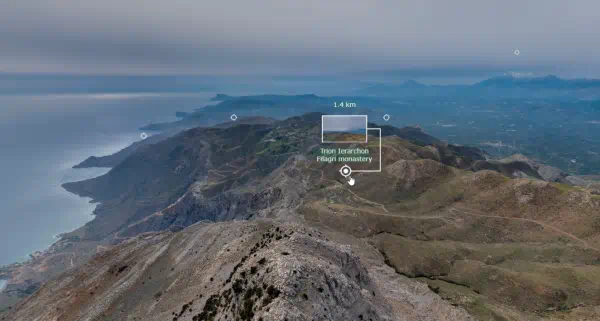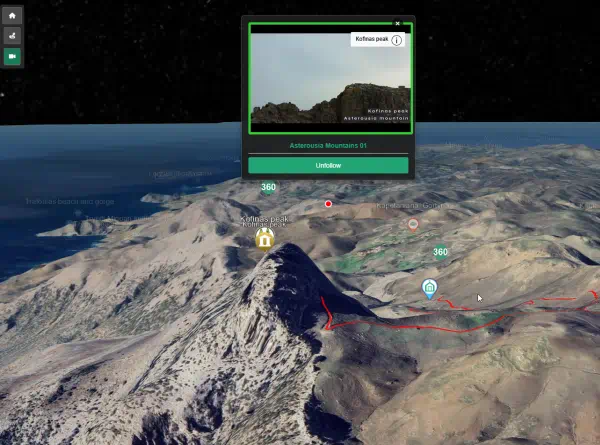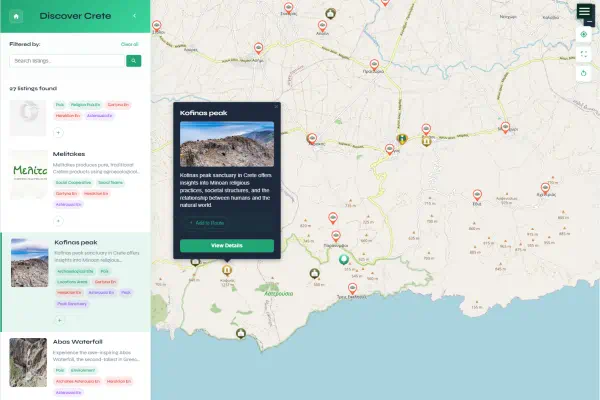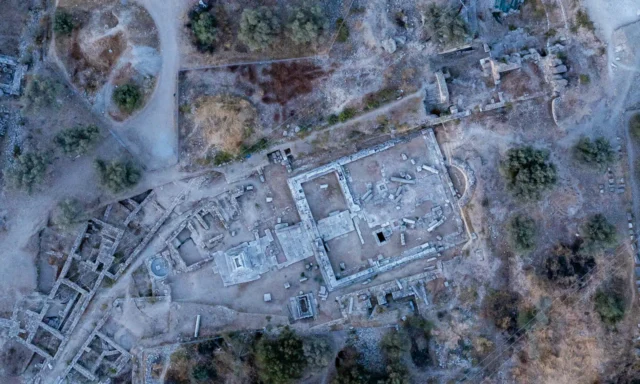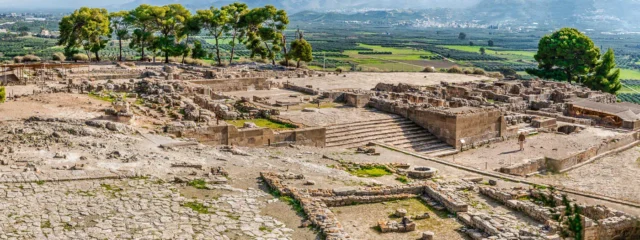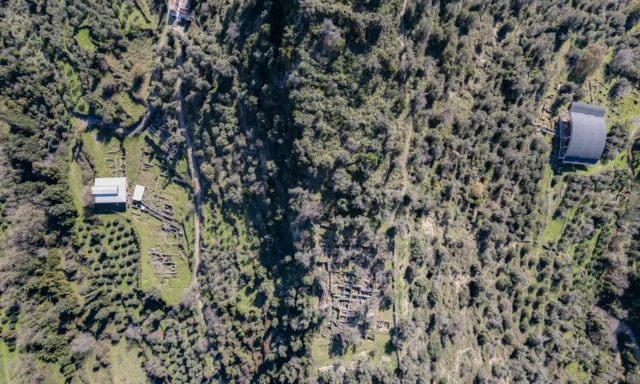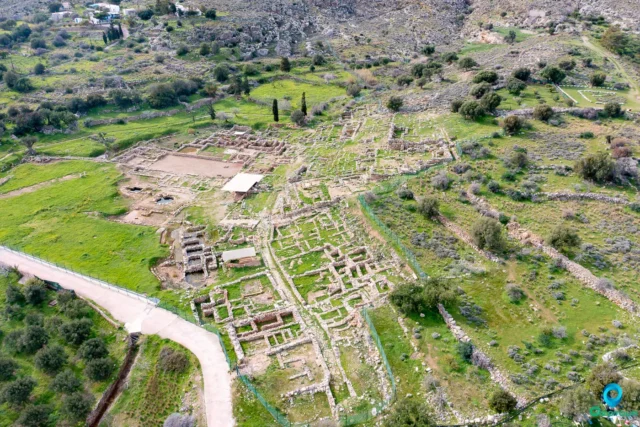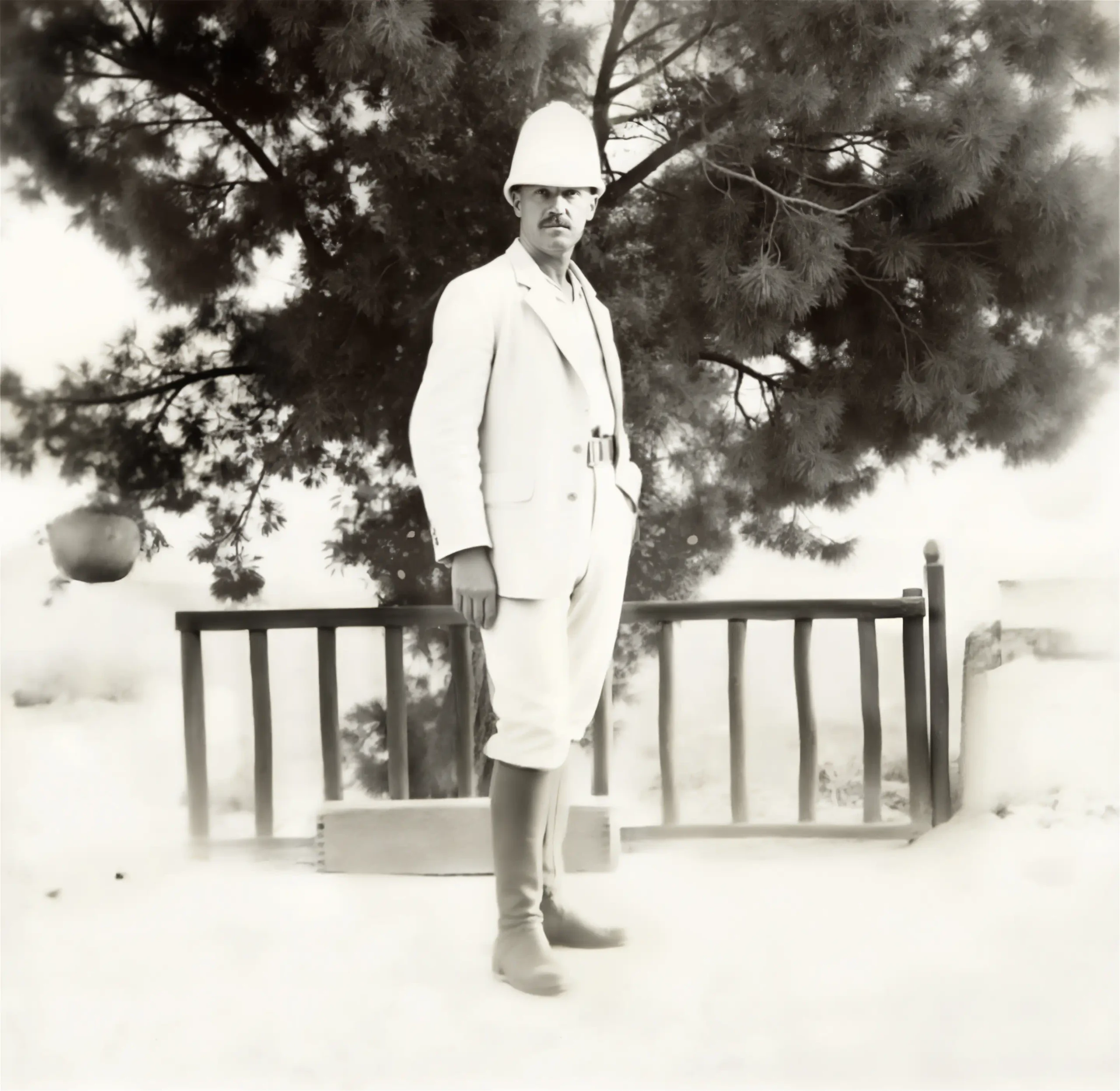Federico Halbherr
Biography of Federico Halbherr
Federico Halbherr (1857–1930) was an Italian archaeologist and epigrapher, recognized as a leading figure in the exploration of ancient Crete. His work, particularly in the late 19th and early 20th centuries, was fundamental in uncovering both the Minoan civilization and significant aspects of Crete’s later historical periods.
Early Career and the Gortyn Law Code
Trained primarily as an epigrapher under the guidance of Domenico Comparetti, Halbherr first travelled to Crete in 1884. His initial focus was the study of ancient inscriptions. That same year, he made a discovery that brought him international recognition: the Great Law Code of Gortyn. Working initially with Ernst Fabricius, Halbherr uncovered the full extent of this monumental 5th-century BCE inscription, carved onto the wall of a structure later incorporated into a Roman Odeon.
The Code, written in the local Doric dialect using boustrophedon script, consists of twelve columns of text detailing civil law, covering family matters, property rights, and legal procedures. It remains the most extensive ancient Greek law code discovered and provided invaluable insights into the society of Gortyn. This discovery established Halbherr’s reputation and secured his long-term commitment to Cretan archaeology, enabling his future work on the island.
Establishing the Italian Archaeological Mission and Mesara Excavations
Halbherr recognized the archaeological potential of the Mesara plain in south-central Crete. Around 1899, he founded the Missione Archeologica Italiana a Creta (Italian Archaeological Mission in Crete) to focus research efforts in this region. This Mission was later formally integrated into the Scuola Archeologica Italiana di Atene (SAIA – Italian Archaeological School at Athens) around 1909-1910, ensuring institutional backing and continuity for Italian research in Crete.
Phaistos
Beginning in 1900 and continuing systematically until 1904, Halbherr led the initial large-scale excavations at the Minoan site of Phaistos, assisted by Luigi Pernier. These campaigns uncovered major parts of the Minoan palace, including the West Court, the Grand Staircase, the Central Court, and storage magazines. Discoveries included clay tablets inscribed with Linear A script and significant quantities of Middle Minoan polychrome pottery, subsequently known as Kamares Ware, which Halbherr had previously encountered in the Kamares Cave. Phaistos became a key site for understanding the Middle Minoan period.
Hagia Triada
From 1902 until 1914, Halbherr also directed excavations at the nearby site of Hagia Triada. Working with Pernier, Roberto Paribeni, and Luisa Banti, the team uncovered a complex often described as a “Royal Villa” or elite center connected to Phaistos. Hagia Triada yielded a large archive of Linear A tablets, fragments of frescoes, numerous finely crafted stone vases (including the Harvester Vase, Chieftain Cup, and Boxer Rhyton), and the unique painted limestone sarcophagus depicting funerary rituals. The concurrent excavations at Phaistos and Hagia Triada immediately raised questions about the relationship between the two major Minoan centers in the Mesara.
Overview of Halbherr’s Fieldwork
The breadth of Halbherr’s archaeological activities in Crete, spanning different periods and site types, is crucial for understanding his overall contribution. The following table summarizes the key locations where he conducted significant investigations:
Key Sites Excavated/Investigated by Federico Halbherr
Site Name | Primary Period(s) Investigated by Halbherr | Key Dates of Halbherr’s Work | Major Discoveries/Contributions by Halbherr | Key Collaborators (if applicable) |
Gortyn | Archaic/Classical/Hellenistic/Roman | 1884, ongoing | Great Law Code, Odeon, Praetorium, temples | E. Fabricius |
Phaistos | Minoan (Middle-Late) | 1900-1904 | Palace complex (West Court, Central Court, etc.), Linear A, Kamares Ware | L. Pernier |
Hagia Triada | Minoan (Late) | 1902-1914 | “Royal Villa,” large Linear A archive, frescoes, stone vases, sarcophagus | L. Pernier, R. Paribeni, L. Banti |
Idaion Antron | Geometric/Archaic (with earlier roots) | 1884/1885 | Votive offerings (bronze shields) | I. Hatzidakis |
Afrati (Arkades) | Geometric/Archaic | 1894 | Necropoleis, settlement evidence | – |
Lebena (Lentas) | Hellenistic/Roman (potential earlier) | Preliminary | Sanctuary of Asclepius (Asclepieion) | – |
Kamares Cave | Minoan (Middle) | Preliminary | Kamares Ware pottery | – |
This table underscores that while Halbherr is renowned for his work at the Minoan palatial sites, his engagement with Crete’s past was far more extensive, encompassing critical discoveries from the Geometric through Roman periods as well.
Wider Archaeological Investigations
Halbherr’s work extended beyond the Minoan palaces of the Mesara.
- Idaion Antron: In 1884-1885, with Iosif Hatzidakis, he explored this cave sanctuary on Mount Ida, discovering votive offerings, notably bronze shields from the Geometric and Archaic periods.
- Afratì (Arkades): In 1894, he excavated necropoleis and settlement evidence at this site, providing crucial information about the Geometric and Archaic periods in Crete.
- Gortyn: He maintained a long-term interest in Gortyn, with Italian work under his influence uncovering Hellenistic and Roman structures like the Praetorium, temples (Apollo Pythios, Isis and Serapis), and other civic buildings.
- Lebena (Lentas): He conducted preliminary work at the Hellenistic/Roman Sanctuary of Asclepius.
- Kamares Cave: His investigation here led to the identification of the distinctive Kamares Ware pottery style.
Collaborations and Methodology
Halbherr worked within an international network. He corresponded extensively with Sir Arthur Evans, the excavator of Knossos, sharing information but also engaging in scholarly rivalry. Crucially, his work relied on local expertise, notably his chief foreman (caposquadra) at Phaistos and Hagia Triada, Manolis Markogiannakis (Manoli Iliakis), whose logistical skills and local knowledge were essential for the success of the excavations.
Halbherr was known for his meticulous approach, reflecting his epigraphic training. However, excavation techniques of the era lacked the stratigraphic precision of modern methods. While successful in uncovering architecture and artifacts, some contextual information was inevitably lost compared to current standards.
Legacy
Federico Halbherr is considered a pioneer of Cretan archaeology. His discovery of the Gortyn Law Code was a landmark achievement. His excavations at Phaistos and Hagia Triada were fundamental in revealing Minoan civilization in southern Crete, providing a necessary comparison to Knossos. He identified Kamares Ware and uncovered significant Linear A archives. By establishing a permanent Italian archaeological presence focused on the Mesara, he created an enduring legacy of regional research. His work across different periods contributed significantly to a more complete understanding of Crete’s long history.

